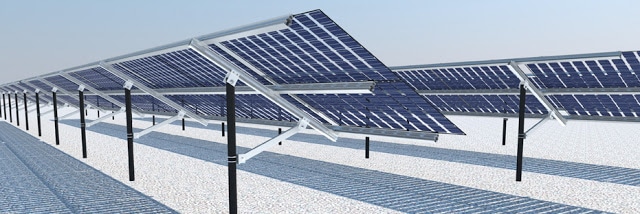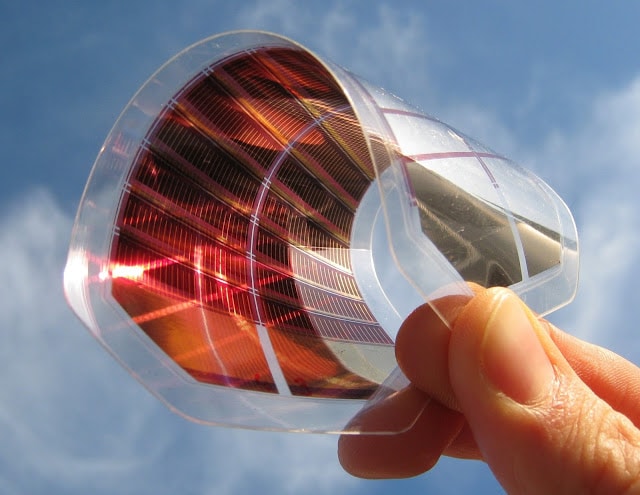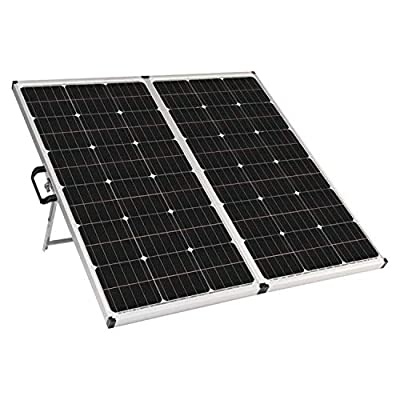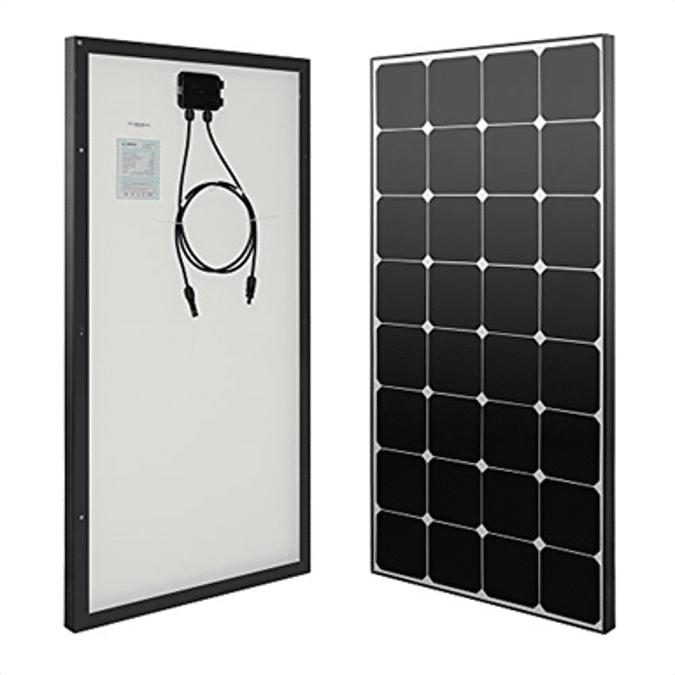While the photovoltaic solar energy industry continues to grow , manufacturers, installers and companies are already testing and experimenting with new technologies to further lower the prices of solar panels in the hope of being able to massify it once at a private level.
Within the world of non-conventional renewable energy (NCRE), solar is growing by leaps and bounds thanks to the emergence of new technologies that lower the costs of photovoltaic cells and panels and optimize their performance, values that have already decreased by 70 % in the last decade .
But what are the new technologies that come in this aspect? To get an idea, the latest International Technology Roadmap for Photovoltaic (ITRPV), which consists of the roadmap used by the solar industry worldwide, indicated how the prices of the four main elements of the modules have dropped, “polycrystalline” photovoltaic panels, which are based on polycrystalline silicon cells (Mc-Si), which correspond to: silicon, wafers, cell and photovoltaic module. Only between 2016 and 2017 the general level of prices decreased by 35% .
Mc-Si has been a true revolution in the production of panels, since it considerably reduces the price compared to its older brother, based on monocrystalline silicon cells (sc-Si).
Bifacial

But the solar industry is already applying even more innovative technologies used in solar energy. A few days ago the Phineal company announced the development of performance measurements of three photovoltaic module technologies: polycrystalline silicon, bifacial silicon and thin layer (CdTe).
Within these, the bifacial gains more strength and the world to further reduce the price of photovoltaic panels and even achieve the much sought after massification of residential solar energy , as has happened in countries like Germany and taking into account that we have a additional motivation that has not yet been provided as expected: the Distributed Generation Law (20,571) or NetBilling.
Bifacial photovoltaic modules have become one of the great promises of the industry and a solar technology breakthrough. Through its two faces you can generate more electrical energy per unit area, compared to the current technologies of modules that generate energy only by one of their faces.
“The preliminary results of the measurements show that the production of bifacial modules generates about 25% more daily energy per square meter than those of polycrystalline silicon and thin layer, which indicates that we are facing a very promising technology to analyze the energy density per unit area of the modules, which translates directly into higher revenues per unit area, ”they explain from Phineal. “However, we must analyze other relevant aspects to make a decision on what is the best technology,” he adds.
For their part, experts explain that bifacial panel technology is in vogue. They take advantage of diffuse direct radiation and also reflected radiation , since they have two faces by which they can receive radiation.
Even, according to Peter Horn, CEO of the renewable energy solutions company Heliplast, he says that “its performance is further improved if it is installed on reflective surfaces such as flat metal roofs , very common in our country. Innovative products such as these allow diversifying the supply of the local market, always with a high degree of efficiency and optimum quality, ”says Horn.
Organic

Another technology that was discovered in the nineties, but that began to leave the experimentation phase a few years ago, with applications beyond the laboratory, is that of organic photovoltaic panels (OPV).
Its great advantage is that they can be painted on a surface , such as the exterior walls of a building, a roof or even on surfaces of vehicles, signs and road signs. They can be manufactured through high speed printing and coating processes.
The turning point of this new technology in solar power generation came in 2015, when the Technical Research Center of Finland (VTT) developed a method that allows the mass production of flexible and decorative organic solar panels, using printing techniques,those with an approximate thickness of 0.2 mm .
However, although there is a lot of expectation in the industry, because conventional photovoltaic panels would be reaching the limit of their minimum price, OPVs have a much lower efficiency , which can be compensated because their production is cheaper . Today you can print about 100 meters of OPV film in less than a minute.
And something not less: finished its useful life can be recycled, which is in line with the sustainable trend of many large companies. Technology based on organic photovoltaic cells has become very popular and has drawn attention, because it is much cheaper to produce than silicon photovoltaic cells. Although they still have a very low efficiency (from 2% to 5%), it sure is a technology to take into account.
Just over two months ago, the Pierre Mendes France school, in La Rochelle, France, inaugurated the largest photovoltaic organic solar roof in the world, with more than 500 square meters . The project was achieved thanks to an alliance between Engie, the German company Heliatek and local authorities.





